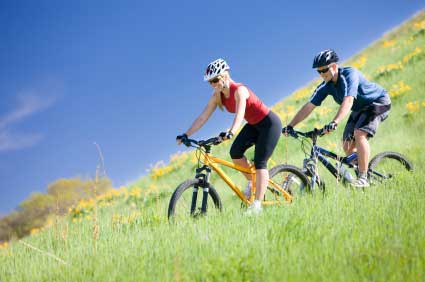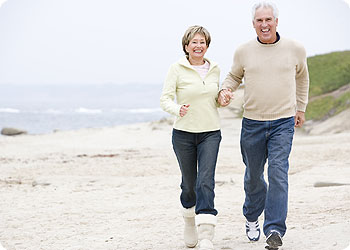Food Safety Articles

When shopping for food, you should choose, pack and transport it carefully to make sure it stays safe to eat. Take special care with high risk foods such as meats, poultry, smallgoods and prepared salads.

Food poisoning can be minimised with good cooking techniques. Cook food to a temperature of at least 75°C or hotter and check food's internal temperature with a food thermometer. When food is cooked, it should be eaten promptly, kept hotter than 60°C

Incorrect storage of food can cause spoilage and food poisoning. High risk food should be kept below 5°C or above 60°C to avoid the 'temperature danger zone', where bacteria multiply fastest. High risk food includes meat, poultry, eggs, smallgoods, dairy products, cooked rice, pasta and prepared salads.

Restaurants, cafes and takeaway food outlets have a responsibility to serve food that is safe to eat. You can take basic steps to minimise the risk of food poisoning when eating out. Check that staff wear gloves and use separate tongs for handling raw and cooked foods
Physical Activity Guidelines for Age Group

To stay healthy or to improve health, young people need to do three types of physical activity each week: aerobic, muscle-strengthening and bone-strengthening activity.

To stay healthy or to improve health, adults need to do two types of physical activity each week: aerobic and muscle-strengthening activity.How much physical activity you need to do each week depends on your age.

To stay healthy or to improve health, older adults need to do two types of physical activity each week: aerobic and muscle-strengthening activity.
Tidak ada komentar:
Posting Komentar